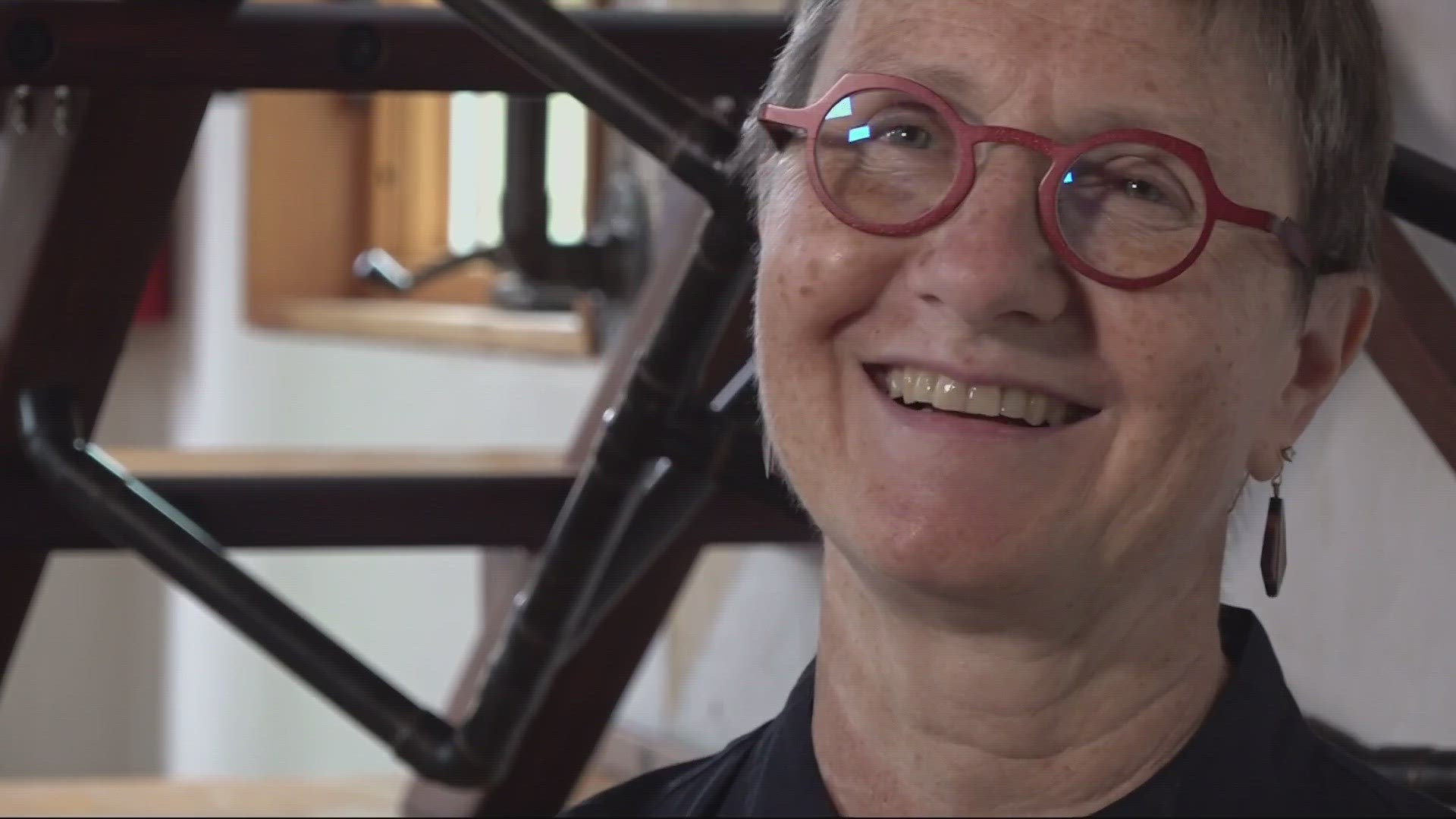PORTLAND, Ore. — Oregon Health and Science University is at the forefront, again, of a possible life-changing medical advancement.
“I think this is a turning point. This is where I’m hopeful that we’ll move into this era of this neuro-restoration,” OHSU Professor of Neurological Surgery Dr. Kim Bruchiel said.
A Portland woman, 59-year-old Annette Adkins, is only the second person in the country to undergo this new procedure to treat an intractable form of epilepsy. It’s called regenerative brain cell therapy. So far, it’s showing a 90% percent reduction in seizures in both participants, according to researchers.
Since 2014, Adkins has endured about 14 seizures a month and medications did nothing to stop them.
“Being epileptic changes the way that you think about what you’re going to do,” Adkins said. “It changed quite a bit in the fact that I wasn’t able to do things -- I felt like I could potentially have a seizure.”
She and her husband Brad, a retired nurse, were avid hikers and outdoor enthusiasts prior to Annette’s diagnosis. However, the looming possibility of having a seizure at any point has stood in the way of many of those passions for the past 10 years.
She has been nearly seizure-free since undergoing the experimental treatment of regenerative brain cell therapy in October 2022.
“You have to have a little bit of strength to be able to say ‘Ya know, something could happen’,” Adkins said. said. “They don’t really want to be the first, to be the unknown of what’s going to happen, but for us – this seemed like the best opportunity for us as well as others.”
“It’s a revolutionary technique in that we’re not removing something, but we’re actually implanting something that will grow and take root in the brain and will suppress the seizure activity,” Dr. Burchiel said.
On October 26 Adkins was one of the first two in the country to undergo this regenerative brain cell therapy. The other patient is being treated on the East Coast in New York.
Bruchiel performed Adkin’s procedure in Portland. Three decades ago, he pioneered the use of deep brain stimulation in the United States to treat symptoms of Parkinson’s disease.
This new procedure involves implanting inhibitory neurons derived from stem cells into the area of the brain that’s producing the seizures.
Known as NRTX-1001 cell therapy, the procedure was the second performed nationwide — and the first on the West Coast — as part of a clinical trial sponsored by Neurona Therapeutics.
“Those cells are designed to effectively keep the lid on the seizure potential from that area of the brain and actually calm the brain down so that the seizures don’t develop,” Dr. Burchiel said.
The minimally invasive procedure had Adkins back home and out of the hospital the next day.
“This is, to some degree, a dream that many of us have in this field to basically go from surgery where we’re removing part of the brain to what we call restorative treatment. We’re restoring the brain and I think if this works for epilepsy, we’re going to see it in other conditions,” Dr. Burchiel said. “So I’m really excited about this.”
The study is still in its first phase and there’s a long way to go, but researchers are hopeful.
It’s been about seven months since her procedure and Annette’s number one side effect so far is fatigue. But the payoff, she says, is incredible.
So far, she and the other patient in the trial have seen more than a 90% reduction in seizure frequency. That is life-changing for both Adkins and her husband.
“We’re going to be capable of doing the things in life that we haven’t really been confident to do since 2014,” Adkins said.
That includes their big dream of building a tiny home. They’ve been constructing the one-of-a-kind structure in their driveway for the past five years. It’s a handcrafted house of wheels for their golden years ahead. Years that are looking even brighter with the promise of this clinical trial.
Adkins is onto the next adventure, hoping this current journey helps more people in years ahead.
“To be part of this is just so great because now that we can, and we’re all doing well so far, the two of us [the other patient in the trial]. If we can make that happen for others, I’m thrilled,” Adkins said.
Again, this is a clinical trial, and this first phase won’t be complete until Annette hits the one-year mark in October. Then, researchers hope it will move onto the efficacy phase before seeking approval from the FDA.
To learn more about this and other clinical trial opportunities at OHSU visit www.ohsu.edu/health/clinical-trials
VIDEO PLAYLIST: Healthier Together series

